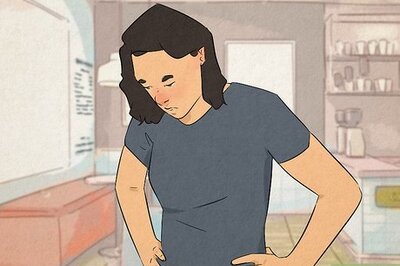
views
A new study shows promising results for curing Glioblastoma, a malignant brain tumour that is the most common and dangerous type of brain cancer in adults. While Glioblastoma had a gloomy prognosis, systemic treatment has always been limited to DNA-alkylating chemotherapies. Doctors have been successful in increasing the life expectancy of patients suffering from Glioblastomaby using multiple methods such as – surgeries, radiation, chemotherapy or surgical procedures. But still, a large section of the patients succumb to the disease within 12 to 15 months after the diagnosis. A new anti-depressant, discovered in a study published in Nature magazine, may now be on the way to becoming a pathbreaking solution in this regard.
After the study, the researchers observed that an anti-depressant, named vortioxetine, had emerged as the top-ranked NAD that offered a cure at least in vitro.
The study showed that the effectiveness of anti-depressants, including vortioxetine, paroxetine and fluoxetine, was pretty consistent. The researchers used a computer model to test more than a million materials for their efficacy against glioblastomas. At the last stage, the researchers reportedly tested vortioxetine on mice with Glioblastoma.
“The advantage of vortioxetine is that it is safe and very cost-effective,” Michael Weller, Professor at the University Hospital Zurich and co-author of the study published in Nature Medicine, was quoted as saying by ANI.
“As the drug has already been approved, it doesn’t have to undergo a complex approval procedure and could soon supplement the standard therapy for this deadly brain tumour,” he added.
But at the same time, Michael Weller warned patients and their families to not use vortioxetine on their own. He even issued a caution about notusing it without any kind of medical supervision.
“We don’t yet know whether the drug works in humans and what dose is required to combat the tumour, which is why clinical trials are necessary. Self-medicating would be an incalculable risk. So far, it’s only been proven effective in cell cultures and mice,” he said.




















Comments
0 comment